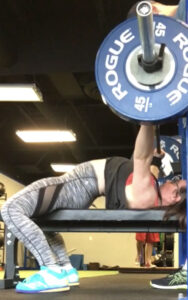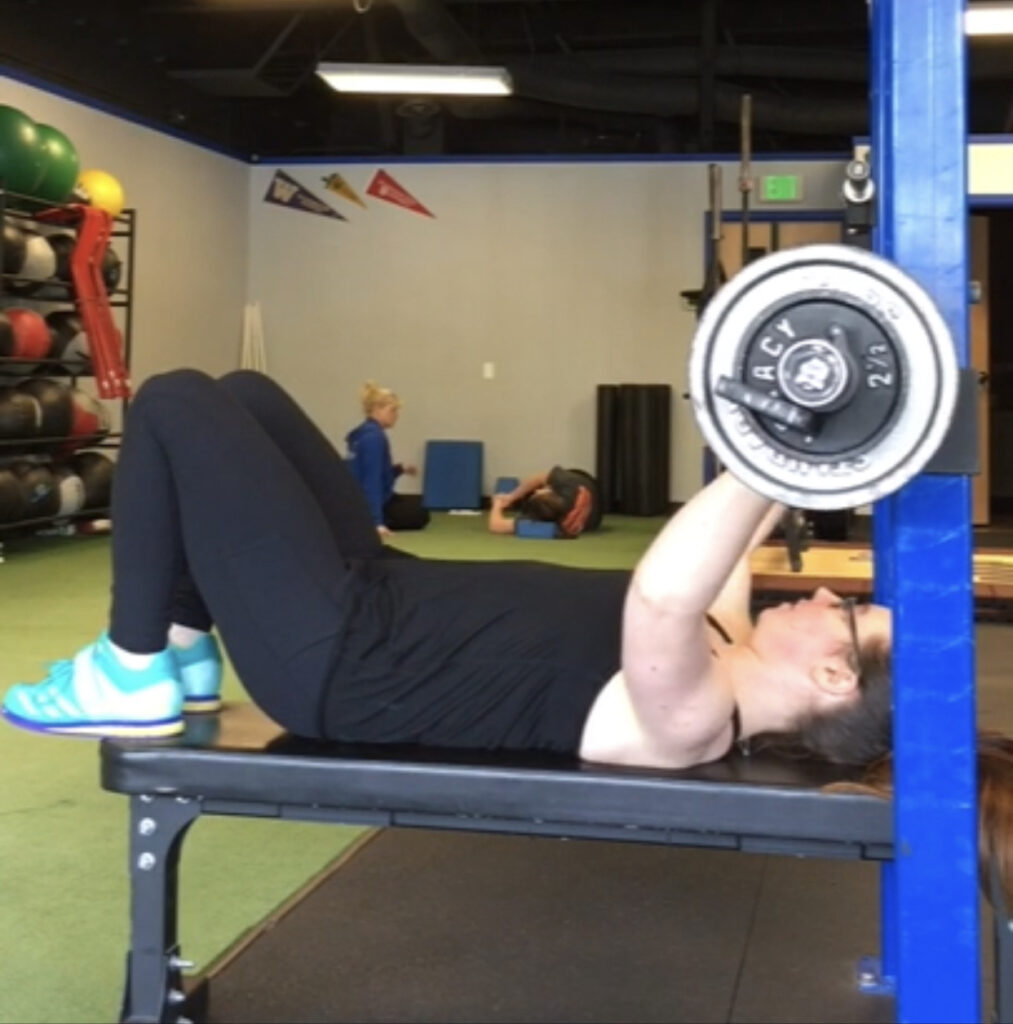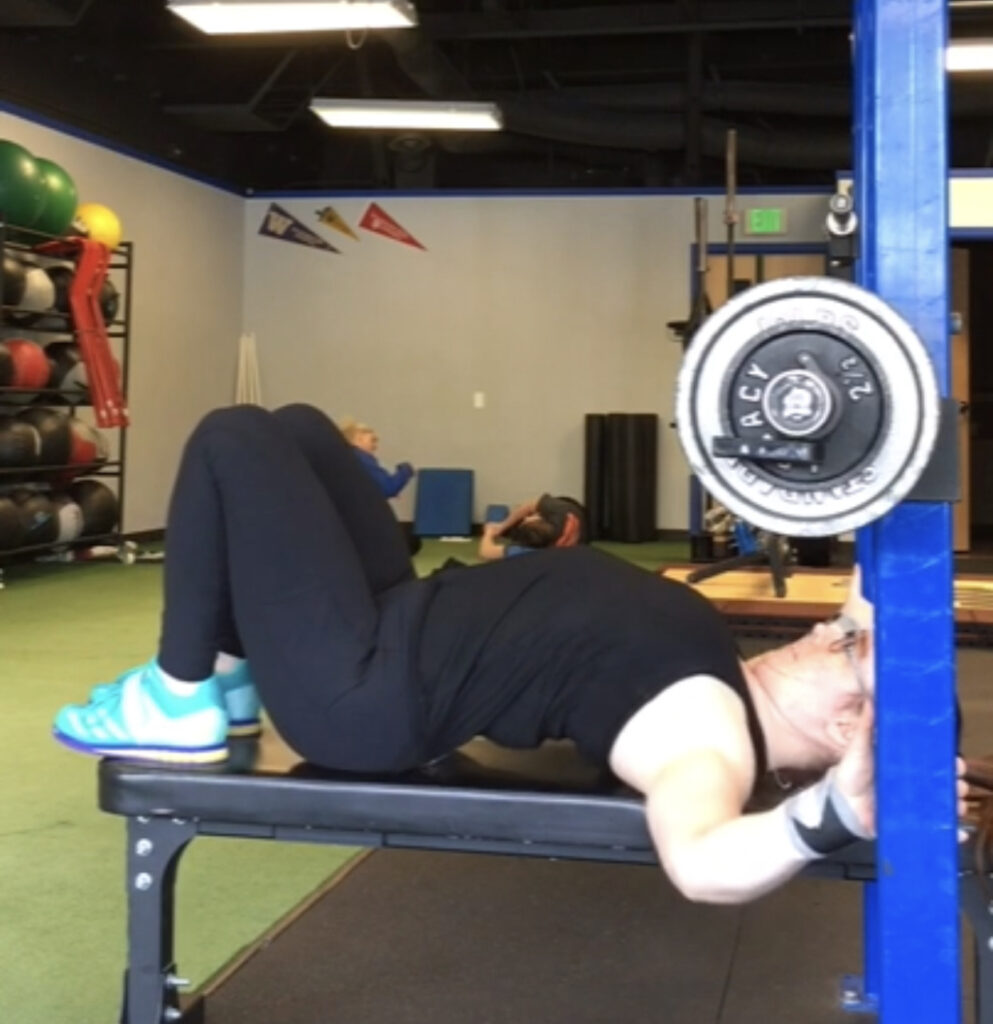What does an arch do for your bench press? Are you planning to compete in powerlifting? What are your goals in training the bench press?

Table of Contents
ToggleWhat is a Bench Press Arch?
If you’re planning to train bench in order to move the most weight possible in a competitive setting, working on getting your back in the most advantageous position will likely be very valuable. But what does that really mean?
Simply put: retracting (squeezing) your shoulder blades together so that you maintain a stable bar path throughout the entirety of the movement. The amount of space in between your lumbar spine (low back) and the bench will be determined on how mobile/flexible your back is.
Including an arched back position in your bench press is most often seen in individuals training bench for competition. The higher you can raise your ribs towards the bar, the shorter distance the bar has to travel, and often that equates to being able to load more weight onto the bar. In powerlifting, the most successful lifter is the one who plays to their body’s leverages in any particular lift in order to move the most weight.
And, if you’re wondering… Is this cheating if you use an arched bench press in competition? Check out the technical rules in your powerlifting federation’s rule book (we mostly compete in the United States Powerlifting Association), it’s allowed so long as the shoulders and buttocks remain in contact with the bench.
Should everyone train an arched bench press?
No, likely most people won’t have the flexibility necessary to achieve such an extreme position, nor do most general fitness clients intend to compete in powerlifting. But, you can improve your performance on the bench press by getting a bit more technical in your set up.
6 Steps to a Strong Bench Press Technique:
- Make sure the bar is lined up right over the bridge of the nose, or just over the eyes
- Hand position? Shoulder width, or a bit wider, but evenly spaced from the center of the bar
- Retract your shoulder blades before unracking the bar by drawing each shoulder blade in towards your spine
- Unrack the bar: as the bar descends, squeeze shoulder blades together and maintain control of the bar until it reaches the chest
- Press the bar off the chest, back towards the rack
- With each additional rep, be sure to maintain tightness in the upper back and position of your shoulder blades – if necessary ‘walk’ shoulder blades in towards your spine before the descent of your next rep
Are different muscles being targeted flat vs. arched when benching?
Yes! A traditional flat-backed bench press is far more chest-focused. When an arch is incorporated into your bench press technique you’ll find that you can recruit your upper back, lats, and quads to help perform the lift.
We see the benefit for our clients, powerlifters, and athletes to train both bench variations to increase maximal strength and performance of the lift – just like we encourage training the deadlift in both the conventional stance as well as the sumo stance..
Other Exercises to Improve Bench Press Performance
Are you looking for other ways to improve your bench press performance? Here are a few of my favorite exercises that I’ve seen work to improve my bench:
- Dumbbell Press
- Close Grip Bench Press
- Incline Press
- Rows (DB, Barbell, etc.)
- Pull Ups
- Push Ups
- Tempo and Pause work
If you’re struggling to see improvement in your bench press, re-evaluate your set up, do your accessory exercises, and talk to your coach about increasing the frequency of your bench sessions per week.
Check out a previous article written by our very own Bench King, Jimmy McCurry, about common bench press pitfalls.
Schedule your technique tune up today – [email protected] and build a better bench!





